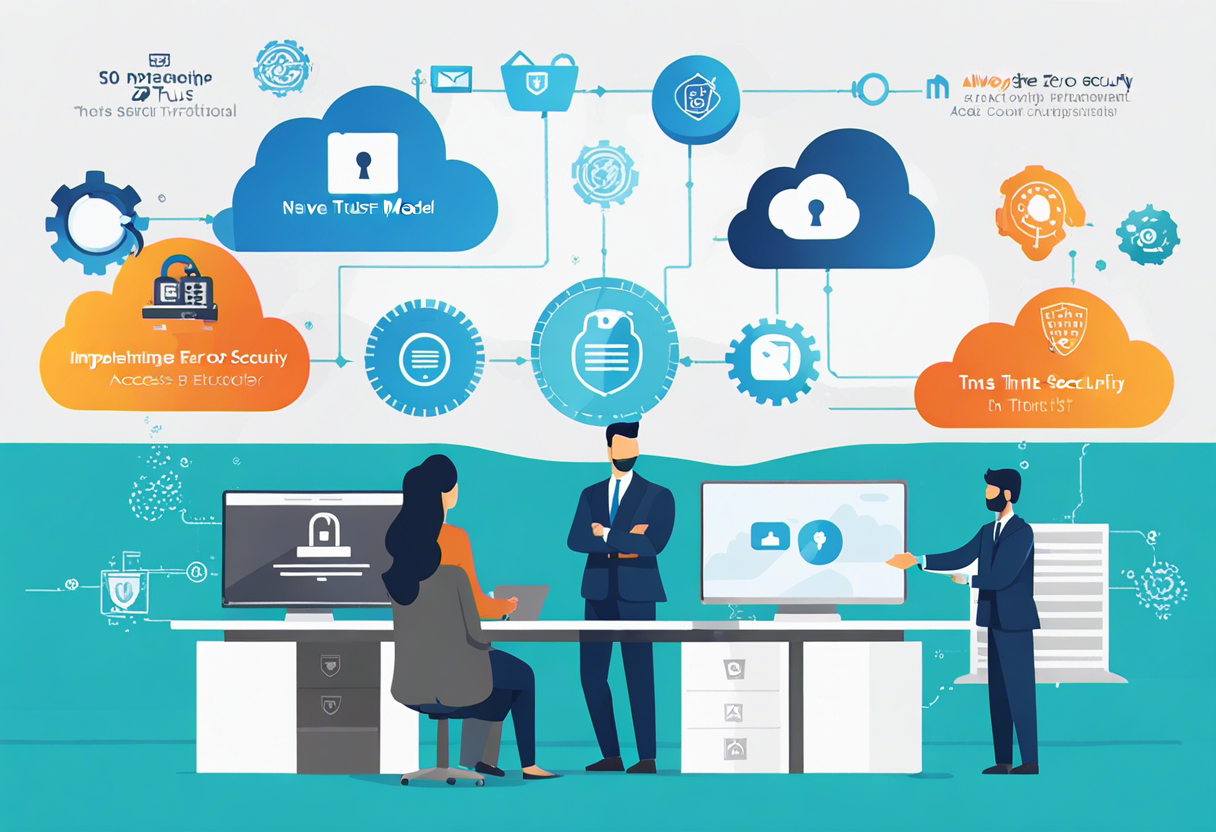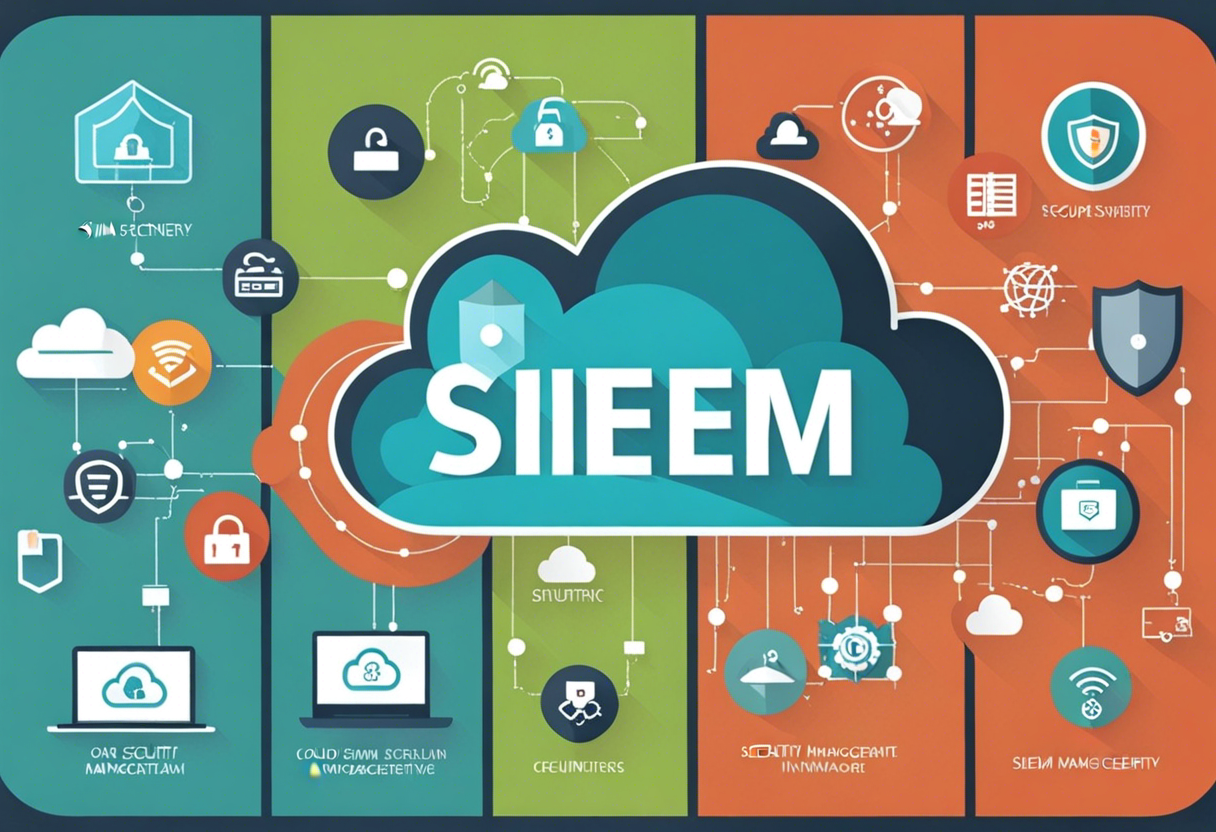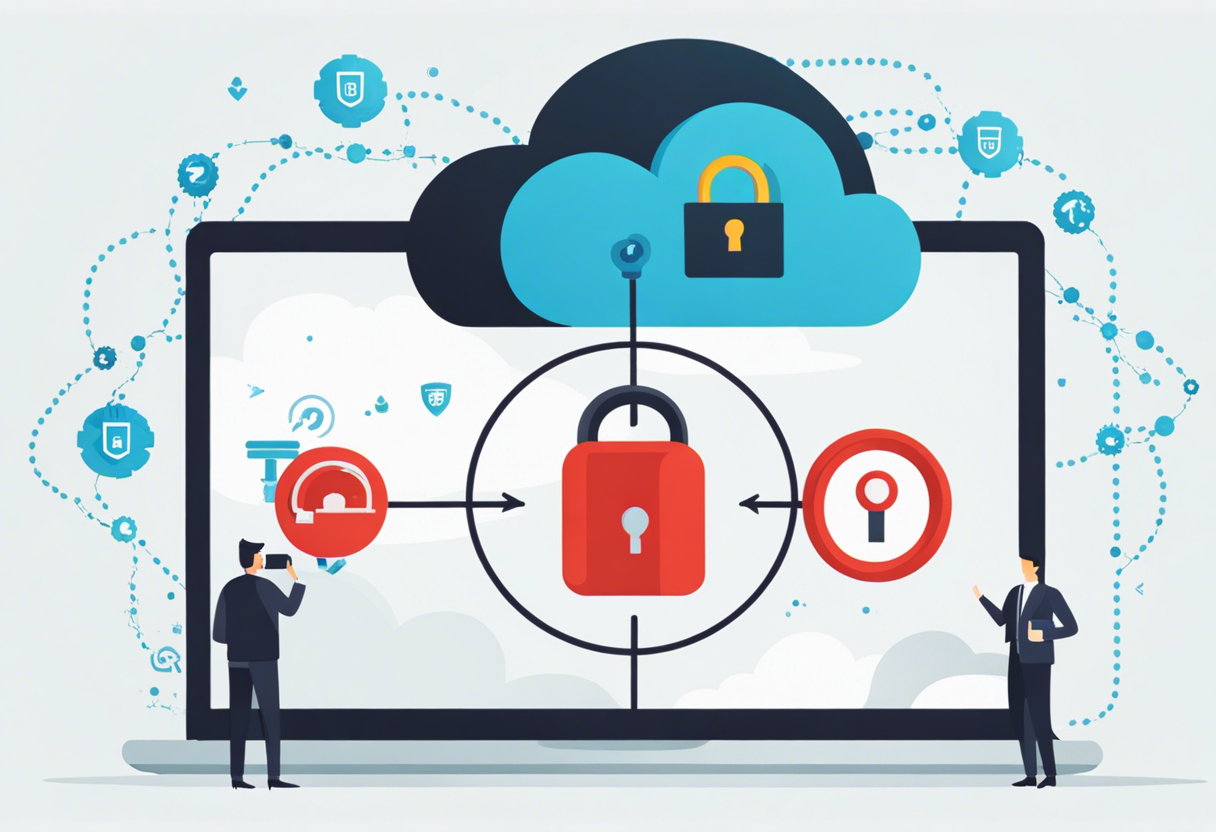Diving into the Top 5 Cutting-edge Strategies for Ensuring Uncompromised Cloud Security
In the digital age, the cloud has become an indispensable asset for businesses worldwide. The need to ensure cloud security is of paramount importance due to the ever-increasing volume of sensitive data stored in the cloud. Staying ahead of cyber threats requires constant vigilance and innovative solutions. The first step toward implementing cutting-edge cloud security strategies is to identify the threats.
Cyber threats are continually evolving, seeking to exploit any vulnerabilities within the cloud infrastructure. As cybercriminals grow more advanced, businesses need to update their security measures to protect their digital assets effectively. They must keep pace with these changes to avoid a costly and damaging security breach.
The number one strategy for ensuring uncompromised cloud security is leveraging an effective threat detection system. This comprises deploying sophisticated tools that continuously monitor the cloud infrastructure for any threat signs while employing robust protocols for responding to detected threats.
Integrating AI and Machine Learning

Artificial Intelligence (AI) and Machine Learning (ML) can significantly enhance cloud security. Using these technologies, it is possible to analyze large amounts of data quickly to identify potential threats. AI and ML can hasten the identification of patterns and anomalies, leading to faster threat detection and response.
Incorporating AI and ML into a cloud security strategy saves time and resources while significantly reducing the risk of a security breach. This proactive approach is a significant upgrade to traditional reactive methods that provide little protection against sophisticated attacks.
Implementing Zero Trust Security

The Zero Trust security model operates under the principle of "never trust, always verify." Access to cloud data and services is thoroughly inspected and authorized before access, drastically reducing the chance of a security breach.
Implementing a Zero Trust model requires designing a strategy that accommodates the distinctive requirements of the organization. Employee education for maintaining good digital hygiene and understanding potential threats is an integral part of this strategy.
Utilizing Security Information and Event Management (SIEM

SIEM is a crucial system for ensuring comprehensive cloud security. By combining Security Information Management (SIM) and Security Event Management (SEM), businesses have a holistic view of their cloud operations.
A SIEM system gathers data from various sources within the cloud infrastructure, providing a centralized overview of activity. This enables the quicker detection of irregularities or potential threats, accelerating the response and mitigation process.
The Role of Encryption

Always encrypting data, whether at rest or in transit, is another critical strategy in cloud security. Using advanced encryption techniques offers an additional layer of security and can effectively prevent unauthorized access to data.
One significant benefit of encryption is that even if a breach occurs, the encrypted data remains secure. Without the decryption key, the stolen data becomes virtually useless to malicious actors.
Regular Security Audits

Conducting regular security audits is an invaluable tool in a robust cloud security strategy. These audits assess the overall health of the security protocols in place, identify any weaknesses, and determine chances to improve the security framework.
Regular audits can reveal how effectively the other cloud security strategies are working. They provide crucial insights, encouraging continuous improvement in the organization's cloud security frameworks to remain ahead of evolving threats.







